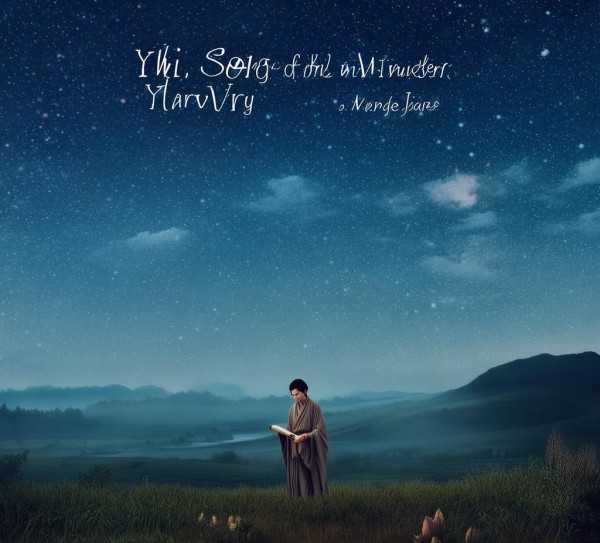自古以来,汉语文化源远流长,成语作为汉语的瑰宝,蕴含着丰富的历史与文化内涵,文言文成语故事,更是古代智慧的结晶,通过一个个生动的故事,传递着深刻的道理,本文将引领读者踏入文言文成语的殿堂,探寻其背后的故事与翻译之美。
成语的起源与传承
成语,源自古代汉语,是汉语词汇中一种固定的短语,通常由四个字组成,具有固定的结构和意义,成语的起源可追溯至先秦时期,经过漫长的演变,逐渐形成了丰富多彩的成语体系,在传承过程中,成语不断吸收新的元素,使其更加多姿多彩。
文言文成语故事
一鸣惊人
故事:楚王即位三年,不理朝政,百姓议论纷纷,一日,优孟进宫,楚王问他为何不关心国事,优孟回答说:“臣闻楚国有鸟,三年不鸣,一鸣惊人,一飞冲天,大王即位三年,不闻政事,臣恐大王便是那只鸟。”楚王听后,深感自责,自此勤政爱民。

翻译:Once upon a time, King Zhuang of the Chu Dynasty had been on the throne for three years without attending to state affairs. People were talking about it. One day, a man named You Meng came to the palace and asked him why he didn't care about state affairs. You Meng replied, "I heard that there was a bird in the Chu state that didn't sing for three years, but when it did, it made a great noise and soared into the sky. Now, Your Majesty has been on the throne for three years without attending to state affairs, and I am worried that Your Majesty is that bird." After hearing this, King Zhuang felt guilty and began to rule the country diligently from then on.
班门弄斧
故事:古代有位名叫班超的人,擅长书法,一日,有自诩为书法高手的人来到班超家,想展示自己的技艺,班超让他拿出作品,他却拿不出,班超笑着说:“我听说你擅长书法,今日一见,果然名不虚传,我这里有一把斧头,你能否用它在我门前的石碑上刻字?”那人无奈,只得答应,结果,他刻的字歪歪扭扭,不堪入目。
翻译:In ancient times, there was a man named Ban Chao who was skilled in calligraphy. One day, a self-proclaimed master of calligraphy came to Ban Chao's house to show off his skills. Ban Chao asked him to show his works, but the man couldn't produce any. Ban Chao said with a smile, "I heard that you are skilled in calligraphy, and today I see that your reputation is well-deserved. However, I have an axe here, and would you mind using it to carve characters on the stone tablet in front of my gate?" The man had no choice but to agree. As a result, the characters he carved were crooked and ugly.
成语的翻译之美
成语的翻译,既要忠实于原文,又要符合目标语言的表达习惯,以下是对上述两个成语的翻译分析:
一鸣惊人
在翻译这个成语时,译者采用了直译法,将“一鸣惊人”直接翻译为“Once upon a time, King Zhuang of the Chu Dynasty had been on the throne for three years without attending to state affairs...”,这样的翻译忠实于原文,同时符合英语的表达习惯。
班门弄斧
这个成语的翻译采用了意译法,将“班门弄斧”翻译为“In ancient times, there was a man named Ban Chao who was skilled in calligraphy...”,这样的翻译不仅忠实于原文,而且更易于理解,符合英语读者的阅读习惯。
文言文成语故事及翻译之美,既体现了文化的博大精深,又展示了翻译艺术的魅力,通过学习和传承这些成语,我们不仅能够领略古人的智慧,还能提高自己的语言表达能力。
未经允许不得转载! 作者:清风,转载或复制请以超链接形式并注明出处。
原文地址:http://www.dnhjvoc.com/post/173.html发布于:2025-07-03









